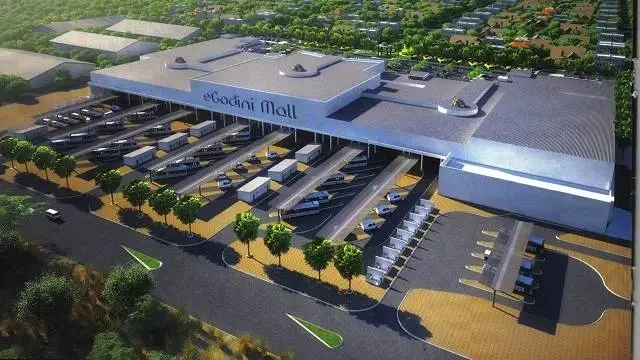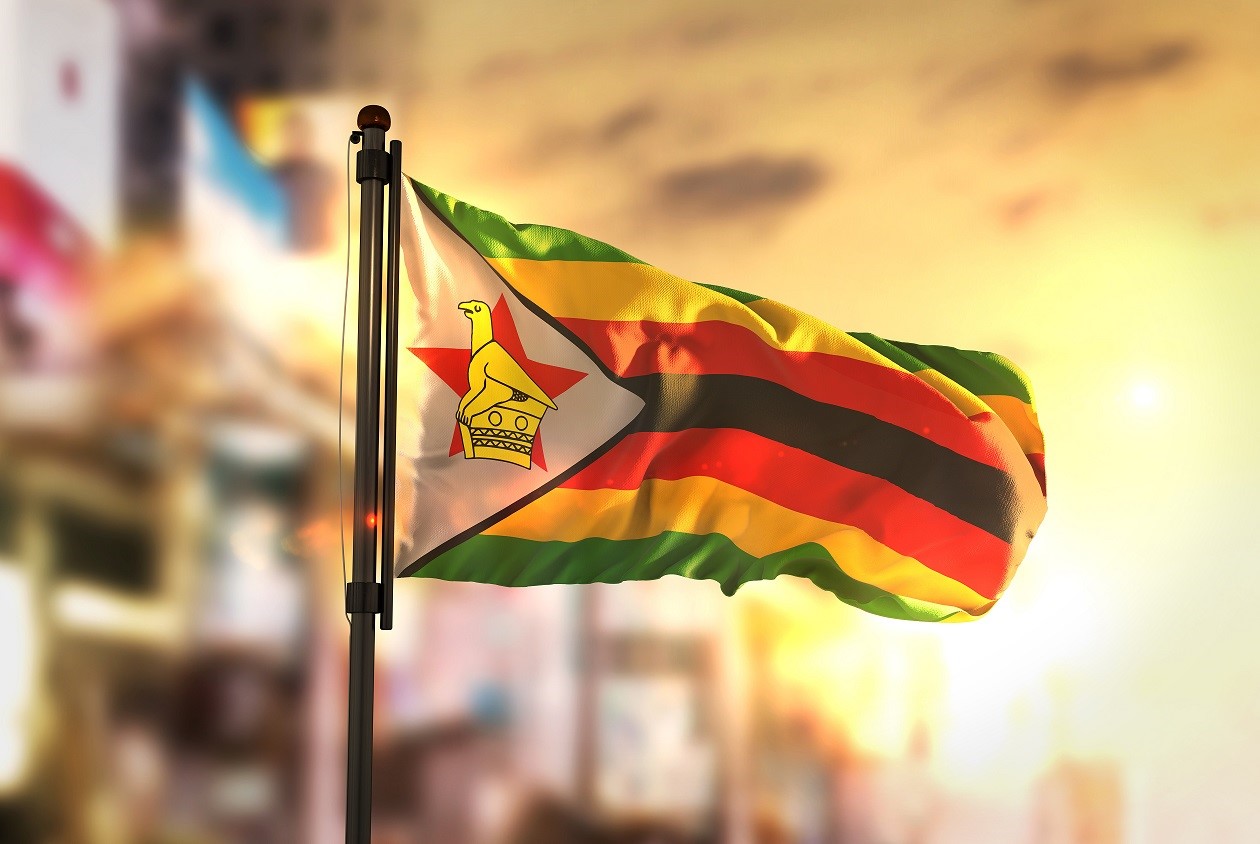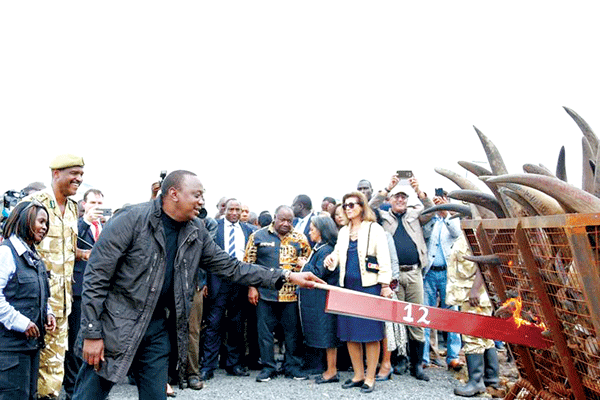
AS ZIMBABWE emerges from the coalition government formed in February 2009, the country now finds itself at the crossroads of the past and the future and a very slippery thin line we call the present.
At this juncture, the society seeks a clean break with a past of violence; it seeks healing for its people; and yet for true healing to be achieved, it must respond to the justice needs of its victims.
It is trite that justice is more than just a response of the law to episodes of violence. Justice is building a strong foundation of respect for the dignity of the human person, and creating conditions necessary for the flourishing of the human community.
Put in very simple terms, it is the satisfaction of the four basic human needs for every boy and girl, woman and man — survival, freedom, wellness and identity. The absence of such conditions is violence upon the dignity of the human person. It creates a fertile ground for violent conflict.
It has been said times without number that there can be no peace without justice. Many scholars say that was the mistake of South Africa, emphasising reconciliation at the expense of justice. It was Pope Paul VI who said: “If you want peace, work for justice.”
In the past decades, many experiments were made in this area, with regimes in Latin America where the so-called peace experts drafted peace agreements that traded justice for peace by dolling out amnesties to persons accused of gross violations of human rights. Today we understand better why justice refused to be traded for peace, as victims and perpetrators exchanged positions from one generation to the other. In most jurisdictions, what society experienced was silence and not peace.
A good example of this was the 1987 Unity Accord Zanu PF and PF Zapu. In other countries it created what Johan Galtung calls “victor’s peace”, with the temporary relief in direct violence while structures and culture continue to breed death. This is clearly illustrated in what is currently happening in Sri Lanka after the decimation of the Tamil Tigers. In his message, President Mahinda Rajapaksa declares: “I have won for you the peace that you yearned for.”
This is despite the fact that there are thousands of Sri Lankans hiding in the Diaspora, afraid of returning home. Thousands more are living in fear back home and many survivors still very bitter at the administration. And the Unted Nations has questions for the president. What peace, Imbongi would ask?
- Chamisa under fire over US$120K donation
- Mavhunga puts DeMbare into Chibuku quarterfinals
- Pension funds bet on Cabora Bassa oilfields
- Councils defy govt fire tender directive
Keep Reading
Zimbabwe must choose carefully the path that has to be followed if we have to make a clean break with a legacy of violence. We have often heard this cliché — that there can be no reconciliation without justice — during the life of the unity government between February 2009 and July 2013.
“Justice should be meted out to perpetrators of political violence,” someone wrote in a local paper. It does sound more like vengeance. Justice has to be more than an action targeted at a certain group.
In their 2008 manifesto, the MDC led by Morgan Tsvangirai promised what they called a Truth, Justice and Reconciliation Commission as opposed to South Africa’s Truth and Reconciliation Commission. The word justice seemed to make such a big difference.
When we listen to the speeches that were made at public platforms as well as analyse the discourse that followed in the area of transitional justice in Zimbabwe, we then understand the contextual meaning of justice then – it meant prosecution of offenders. For others it simply meant imprisonment of Zanu PF youths. This was political branding of the concept of justice, which in turn brings in the danger of creating victor’s justice.
The time is ripe for us to look back and evaluate our strategies for building a more peaceful Zimbabwe. Justice is not an episode of history, but a broad, all-inclusive process of creating a new culture and creating new conditions for a society.
While it may include prosecution of some people, it does not have prosecution as a goal, neither does it have a particular name in mind whenever the issue of prosecutions is mentioned. It is not something that the next election will bring, or a new constitution can solve.
As Fanie du Toit told Zimbabwean participants at a recent transitional justice conference in Johannesburg, we have to start with a vision of what we want to see, then work it backwards. We can talk of accountability, for example. This is what Stephen Covey means when he says “begin with end in mind”.
This envisioning process is not just for the elite or the rulers who then just wake up the next morning and say we have a solution for everyone — Zim Asset! In other countries where truth commissions were formed, the main object was not prosecuting anyone or truth recovery, although these could have been part of it.
In South Africa, Sierra Leone, Guatemala and other countries, commissioners recorded thousands of statements and testimonies from citizens in an attempt to create a common historical narrative that shapes a people.
While the processes were far from being perfect, they kick-started a transformation that every society must go through.
The present is a very thin line between the future and the past. Our “justice needs” tie us up across generations, races and tribes — and the things we need to do to secure true peace cannot be targeted at a particular group of people.
Justice itself demands we go to the root of a culture. To do this we must start by identifying key agents who play a critical role in facilitating these major changes in our society. Dzikamai Bere is a researcher on transitional justice for a local non-governmental organisation. This article is featured on the Experts Blog of the of Institute for Justice and Healing (www.ijhzimbabwe.org)










